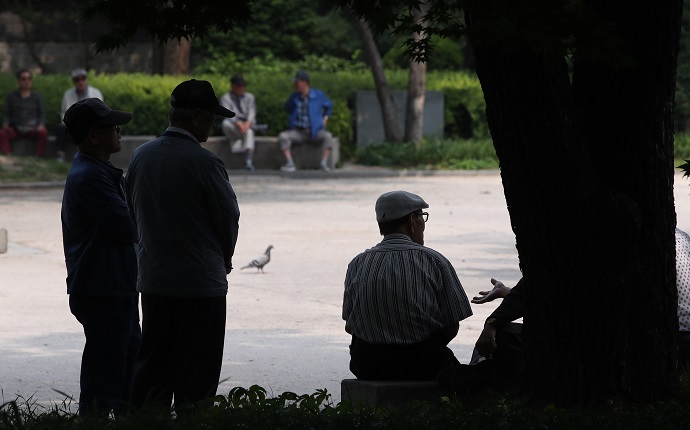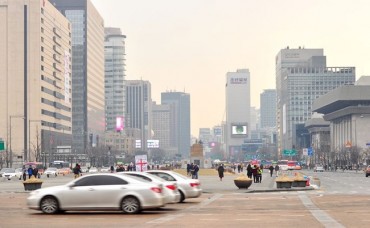SEJONG, Aug. 28 (Korea Bizwire) — South Korea’s total population inched up last year, but elderly people continued to outnumber children due to a rapid aging trend and a record low birth rate, the national census showed Friday.
A total of 51.78 million people lived in South Korea as of Nov. 1, 2019, up 0.3 percent, or 150,000, from a year earlier, according to the 2019 census by Statistics Korea.
The agency started to hold a census based on national resident registration records every year in 2016, with the conventional person-to-person survey to be conducted every five years.
Out of the total, the number of South Korean nationals reached 50 million, while foreign residents who stayed in the country for at least three months totaled 1.78 million, accounting for 2.9 percent.
Some 50 percent of South Korea’s population, 25.89 million, lived in the capital city area that covers Seoul, Incheon and Gyeonggi Province.
Seoul saw its residents decline 0.4 percent to 9.64 million last year, while people in Gyeonggi Province rose 1.5 percent to 13.3 million.
Busan, the country’s second-largest city on the southeastern coast, was home to 6.5 percent of the population, or 3.37 million people.
The study showed that South Korea is rapidly aging, with the proportion of people aged over 65 years rising 5.5 percent to 7.75 million last year, making up 15.5 percent of all citizens.
It marks the third straight year that the number of seniors surpassed that of the youth aged zero to 14, which amounted to 6.31 million in 2019.
As a result, South Korea’s elderly-child index, which measures the ratio of people over 65 to every 100 children between 0 and 14, stood at 122.7 in 2019, up from 114.1 tallied a year ago.
The agency said the surge is attributable to the country’s fast-aging population, coupled with a low birthrate, which fell to a record low in 2019.
The data also showed that the country’s economically active population contracted last year.
The number of people in the age group reached 35.94 million last year, accounting for 71.9 percent of the total. In 2018, such population amounted to 36.1 million, which accounted for 72.2 percent of the total, they showed.
There were 20.89 million households in the country last year, up 1.9 percent from a year earlier, with an average of 2.39 members.
One-member households were the main family type in 2019, accounting for 30.2 percent, while the typical four-member families took up 16.2 percent.
About 51 percent of South Korean families, or 10.01 million households, reside in apartments, followed by 31 percent living in detached houses.
(Yonhap)








